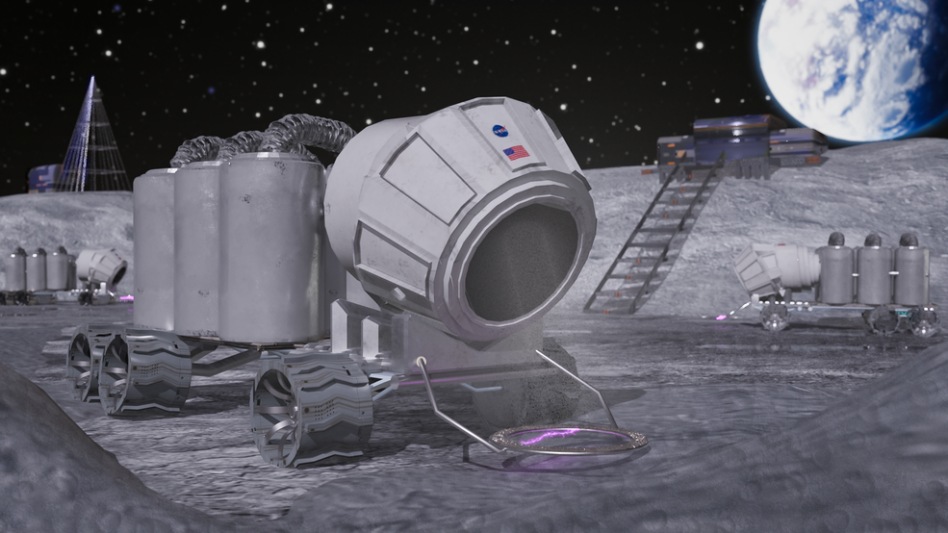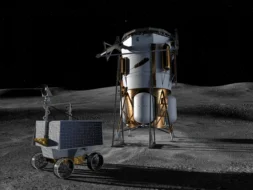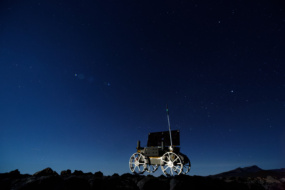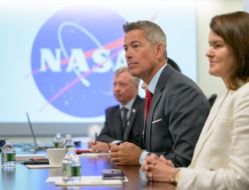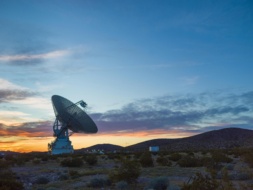Government officials, industry employees, and researchers working toward a mining economy in space gathered last week in Luxembourg to discuss what lessons space miners could learn from their Earth-bound counterparts—and who should oversee the nascent industry in orbit.
The annual Luxembourg Space Resources Week is organized by the European Space Resources Innovation Centre (ESRIC), which was founded in 2020 by ESA, the Luxembourg Space Agency, and the Luxembourg Institute of Science and Technology, all of which co-hosted this year’s conference.
Who is in charge?
Both government space programs and commercial ventures are pursuing in-situ resource utilization (ISRU). As the international space resources community grows,
ESRIC’s Director Kathryn Hadler wants her institution to become the international “center of expertise of in-situ resource utilization.”
In the US, NASA’s ISRU System Capability Lead, Gerald Sanders, said the agency is getting ready to release an industry overview identifying technology gaps in the supply chain. He highlighted the agency’s “big emphasis on commercial scale operations.”
Building the industry: ESRIC announced the establishment of a Lunar Space Resources Accelerator, to be launched before the end of 2023. ESRIC will provide funds to entrepreneurs who can match its contribution with self-funding—for example, by raising capital from VCs.
Lessons from Earth
Interest in a prospective ISRU industry is not confined to academia and government agencies. Legacy mining companies are starting to take note, and can claim the advantage of centuries of experience.
Jeff Plate, VP of mineral economics and business development at mining consultancy Watts, Griffis and McOuat Ltd., stressed the need to adapt terrestrial reconnaissance and prospecting technologies to lunar exploration. Using artificial intelligence, WGM in cooperation with Lunar Station, a new space company that recently emerged from stealth after seven years, has
developed probability maps of water ice distribution at the lunar south pole. With the right funding in place, Plate, who is also the founder and CEO of Interstellar Mining, said industrial scale ice mining on the Moon could start within five years.
Gray gold
Lunar regolith is at the center of many mining projects on the Moon. The material contains water, oxygen, and metals, including iron, aluminum, and the composite ore ilmenite. Technologies are being developed to make regolith useful to humans–in space and on earth.
Angel Abbud-Madrid, director of the Colorado School of Mines’ Space Resources Program, presented new technologies at the conference to convert regolith into a usable form, including Molten Regolith Extractors used to separate metals and Sole Oxide Electrolysis to break up the material’s watery components into hydrogen and oxygen–crucial resources for a long-term human presence on the Moon.
